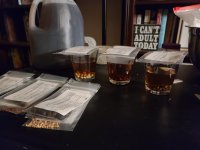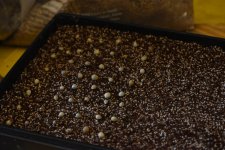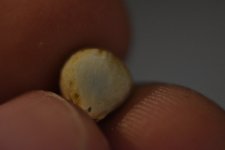Kievnstavick
Chumono
Hello all who's curiosity got the best of them and stepped into the Celtis Contest zone.
Although titled for a specific species, I have aquired from Sheffields seeds a select variety of Celtis that caught my eye (and were also available to purchase from my trusted source). I have approximately 50 each of the seeds.
This first forum post will be to document the germination process of the three species. Afterwards, I plan on making new threads for the different species. Once the seedlings are past their first potting up and make it through the summer, I'll make individual threads for a good selection if them that show the most promise.

I received the seeds yesterday, but I didn't get to them until today.
I gave each packet of seeds a 30min soak in GA3 (ppm unknown as I kinda just winged it. It was approximately 1/32 tsp to one small baby food container of water). After the bath, I plopped the seeds into a humic acid and kelp solution to soak for 20-40 hours.
My current plan is to sow the seeds tomorrow after work into seed trays then leave them outside. I plan to retain about 5ea of the species to attempt breaking the seed coating and give it another long soak as a means of circumventing the dormancy requirement.
As I have approximately 60 days left of cold weather, we will see how these will germinate. It should be fine though.
Although titled for a specific species, I have aquired from Sheffields seeds a select variety of Celtis that caught my eye (and were also available to purchase from my trusted source). I have approximately 50 each of the seeds.
This first forum post will be to document the germination process of the three species. Afterwards, I plan on making new threads for the different species. Once the seedlings are past their first potting up and make it through the summer, I'll make individual threads for a good selection if them that show the most promise.

I received the seeds yesterday, but I didn't get to them until today.
I gave each packet of seeds a 30min soak in GA3 (ppm unknown as I kinda just winged it. It was approximately 1/32 tsp to one small baby food container of water). After the bath, I plopped the seeds into a humic acid and kelp solution to soak for 20-40 hours.
My current plan is to sow the seeds tomorrow after work into seed trays then leave them outside. I plan to retain about 5ea of the species to attempt breaking the seed coating and give it another long soak as a means of circumventing the dormancy requirement.
As I have approximately 60 days left of cold weather, we will see how these will germinate. It should be fine though.




